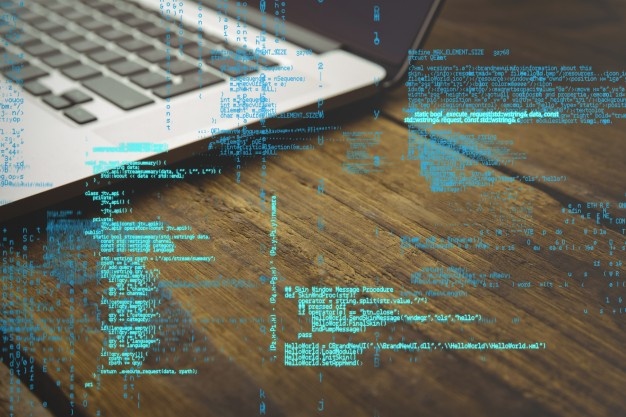Latest News
What are the fundamental steps to develop an NFT marketplace on Ethereum?

What are the fundamental steps to develop an NFT marketplace on Ethereum?
According to current industry standards, OpenSea is one of the largest NFT marketplaces. It offers a variety of non-fungible token types, including art, video games, sports, censorship-resistant domain names, collectibles, and trading cards. The inclusion of ERC1155 and ERC721 token standards is an intriguing feature of OpenSea. It enables you to buy, trade, and discover rare digital assets. OpenSea hosts around 700 projects of various types, including digital art projects, trading card games, name systems like Ethereum Name Service (ENS), and collectible games.
Below mentioned are the fundamental steps to develop an NFT marketplace on the Ethereum platform:
- Select the appropriate blockchain
Ethereum is a forerunner in a blockchain network with consistent, dependable, secure and reliable performance. Aside from the security of the Ethereum network, protocol developers always prefer what Application/Tooling Developers and Application Users value. - Build a UI for the NFT marketplace
The most important aspect of creating an NFT marketplace is creating a UI where actual interaction can happen. The user interface must have a search bar, a list of categories, filters, a community space, an admin panel, and a dashboard. The categories list and filter in the search bar for various NFTs essentially improves the user experience and decreases the user’s search time. - Choosing interoperable wallets
Cross-chain compatibility is required for crypto-wallets, and these wallets must be able to buy or use the cryptos in the wallet. You must establish a MetaMask for Ethereum wallet while developing an NFT marketplace on Ethereum. - Smart contract protocol development
The logic of your platform is found in the back-end. Because the NFT marketplace is a decentralized system, the majority of the data flows and is validated with the help of smart contracts on a blockchain. This step of smart contract protocol development differs from other steps in typical custom NFT marketplace development. For example, Ethereum uses a group of smart contracts to implement the NFT marketplace’s trading functionality. - Front-end development
It is the moment at which your design will come to life. After selecting the appropriate framework for your project, software developers integrate all essential client-side functionality. The primary goal here is to guarantee that the platform runs quickly, performs well, and is reliable. - Testing
Detecting and resolving issues as soon as possible ensures that your product is ready for release. Furthermore, software testing ensures that your platform functions as intended and satisfies the original project objectives. Keep in mind that a well-tested software solution delivers dependability, security, and high performance. - Launching and support
It’s time to launch your NFT marketplace once you’ve confirmed that your platform is bug-free. Many people believe that this is the final stage, but the software is software, and it requires ongoing maintenance and updating.
NFT marketplaces are constantly gaining traction as a new asset class in the crypto world. With the NFT marketplaces, digital artists and buyers have got a user-friendly platform to trade off their unique artworks and buy unique digital items, respectively. Get in touch with an expert NFT marketplace development company like LeewayHertz if you want to develop and launch your own NFT marketplace.
Umar Nisar was born and raised in the busy city of Abbottabad. As a journalist, Umar Nisar has contributed to many online publications including PAK Today and the Huffing Post. In regards to academics, Umar Nisar earned a degree in business from the Abbottabad UST, Havelian. Umar Nisar follows the money and covers all aspects of emerging tech here at The Hear Up.
Thanks










